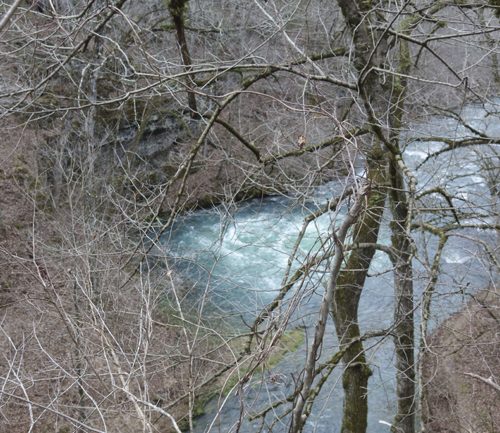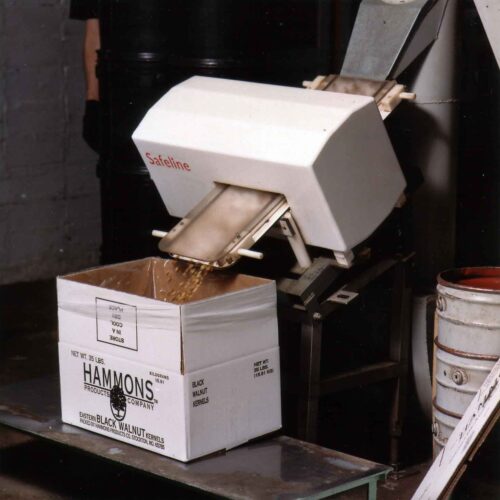A trip to the Summersville Mill became number 25 for my book on what began as water mills of the Missouri Ozarks. Although this mill never received power from a stream into a raceway, it did use a mill pond fed by springs, and channeled that water into steam power, later replaced by two kerosene powered hit-and-miss engines. Its history bears a mention in this book, and its beautifully preserved interior also deserves a chapter.
After my husband (who is the book photographer) and I toured the mill, courtesy of Summersville resident Charlotte Siedsma, we talked about how throughout this mission of visiting mills, we have met people who truly have a passion for keeping history alive. Charlotte, throughout the years, and her husband, Richard, have been instrumental, along with many members of the Summersville community and the West Plains tourism agency, for keeping the interest going.
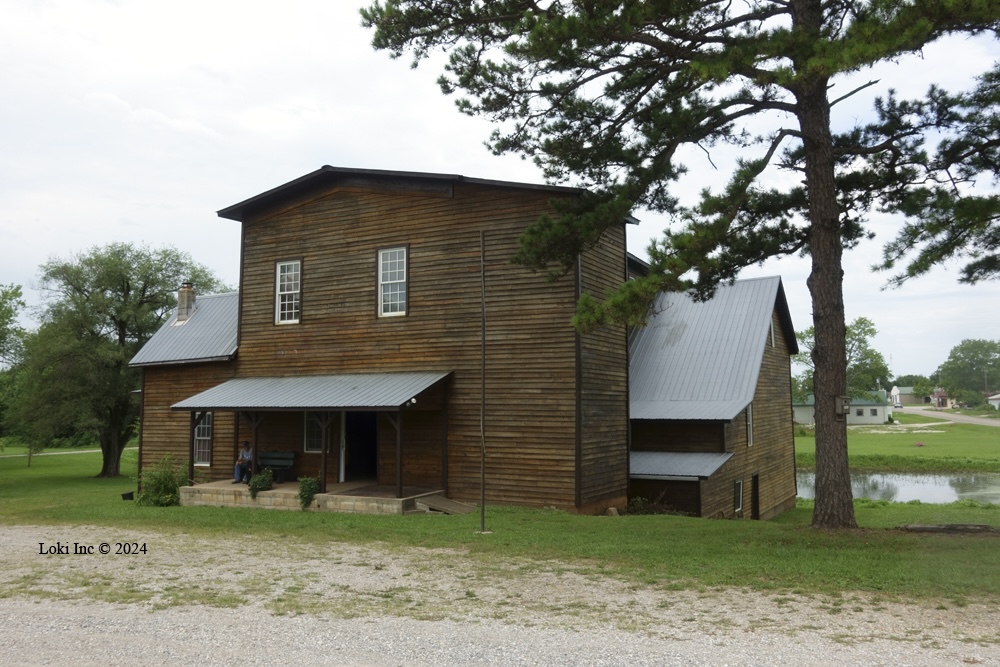
History of the Summersville Mill
Today’s building dates earlier than 1886. Jim McCaskill already ran a post office and general store on the square, in Summersville, and added some milling equipment. A few years later, he expanded the operation and sold the equipment to Horace Greeley, who then sold it to McCaskill’s brother, George Washington McCaskill, over at Alley Spring for use in the mill located there. You can still see that equipment at Alley today. As a result of the expansion of equipment, the mill (in its heyday) could produce 60 barrels of flour and 100 bushels of corn per day.
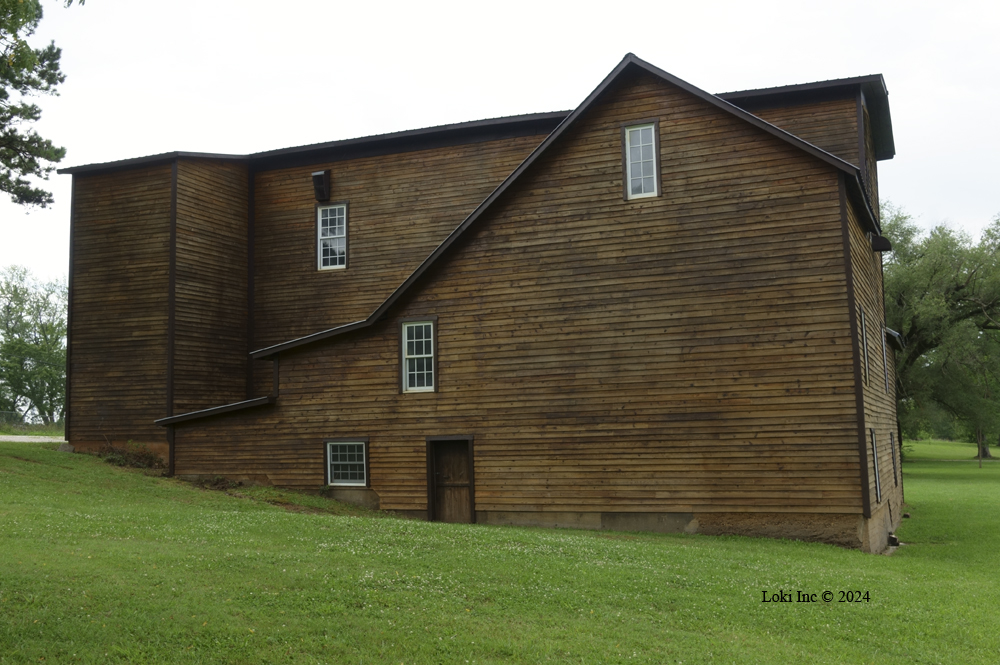
As was the usual for Missouri Ozark mills, the Summersville Mill changed hands throughout the years, and eventually sold to the Joe Donovan family in 1927. The mill operated until 1972, and by that time, it mainly ground feed for animals rather than for human consumption.
The Donovans sold the mill to Ronnie Reeves, then in 2002, the Reeves donated the mill to the Revitalization and Action Board of Summersville, in 2002, and by 2007, work had began to restore it. Charlotte said, “Clean up started in 2007, and as the years went, we added new siding. One of the gentlemen that is a forester cut the logs on his property and we took it down to Smith Flooring in Mtn. View and had it milled. We brought it up to the pallet factory here and they dried it and sliced it into boards. The Amish put it up. The roof was given to us by White Industries over in Willow Springs.”
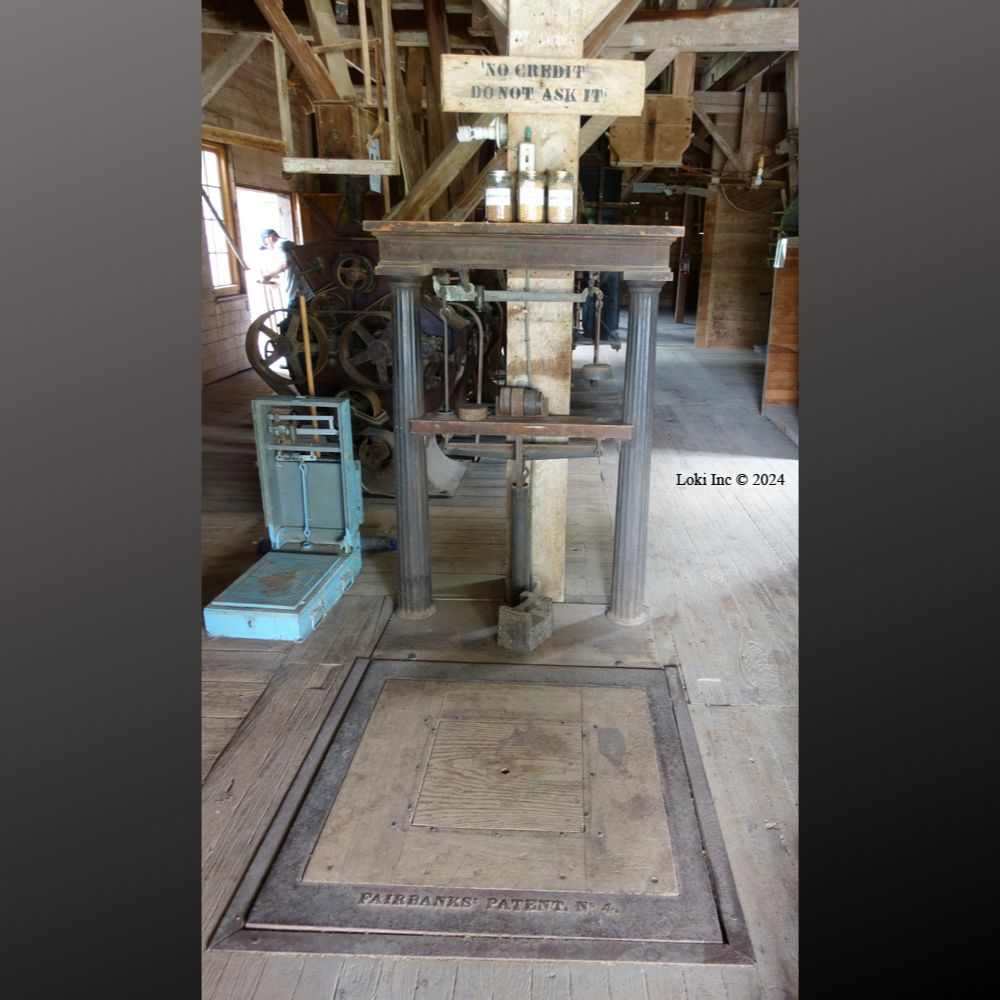
She pointed to the scale, and said, “The scale is as accurate as the day it was [installed] here. It’s a Fairbanks scale, and I’ve called Fairbanks several times, and they say ‘Yeah, we’ll get back to you,’ and I’m still waiting.”
Charlotte showed us how a miller would use the scale, adjusting various weights. “Depending on the weather, it will vary, but it will be within ounces.” Charlotte said they had the children from a visiting kindergarten class stand on the scale: “It was an absolute riot and they weighed over a ton.”
Local people donated flour sacks from the mill, and these are on display in a glass case. Charlotte, who hails from northern Illinois, said she and her sister wore flour sack dresses during their younger years.
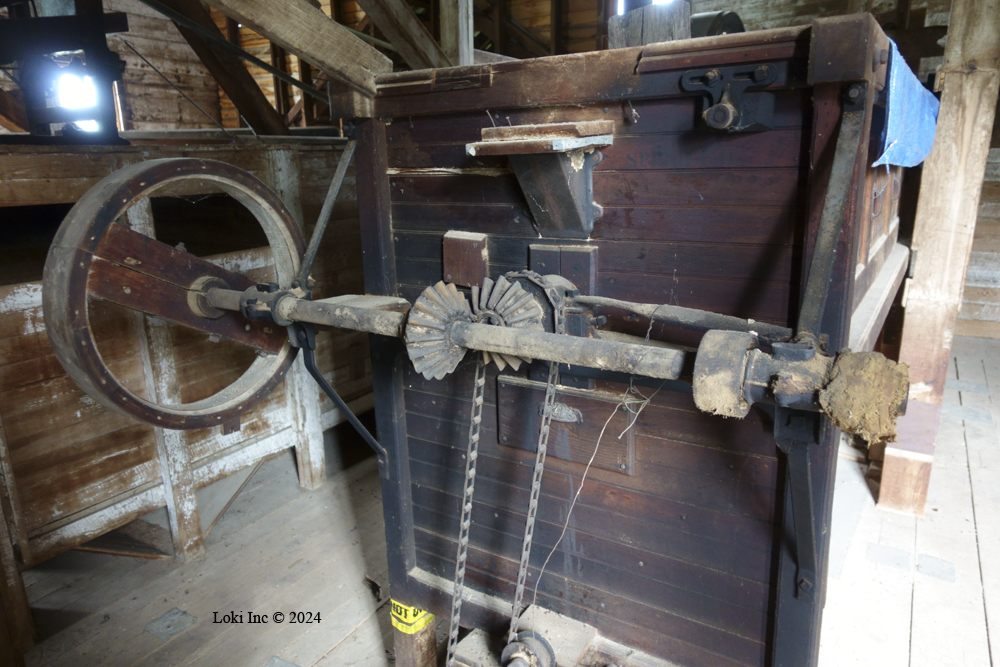
The tour continued upstairs, and we peered inside a storage bin area as Charlotte continued to explain the milling process. This mill ground flour, corn and later oats. The mill has all its original machinery, and Charlotte says it all works, because they’ve tested it.
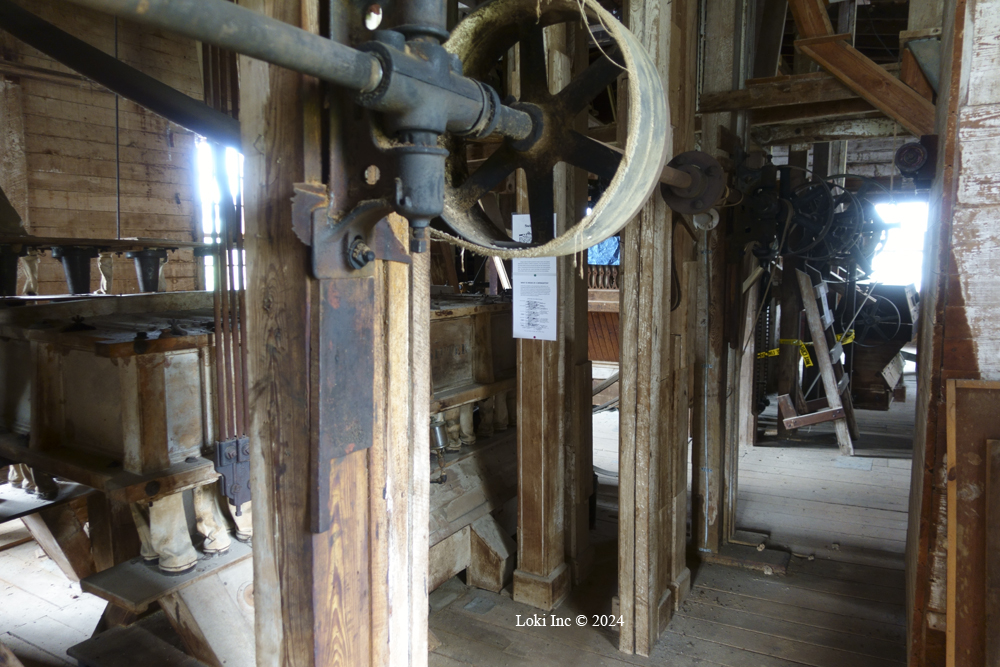
Throughout the mill, you can see the handiwork of the milling machinery, down to the elegant craftsmanship and detail in hardware. The dedicated milling equipment came from Moline, Illinois. Some of the other equipment, such as the flour bag filler, came from Richmond, Indiana.
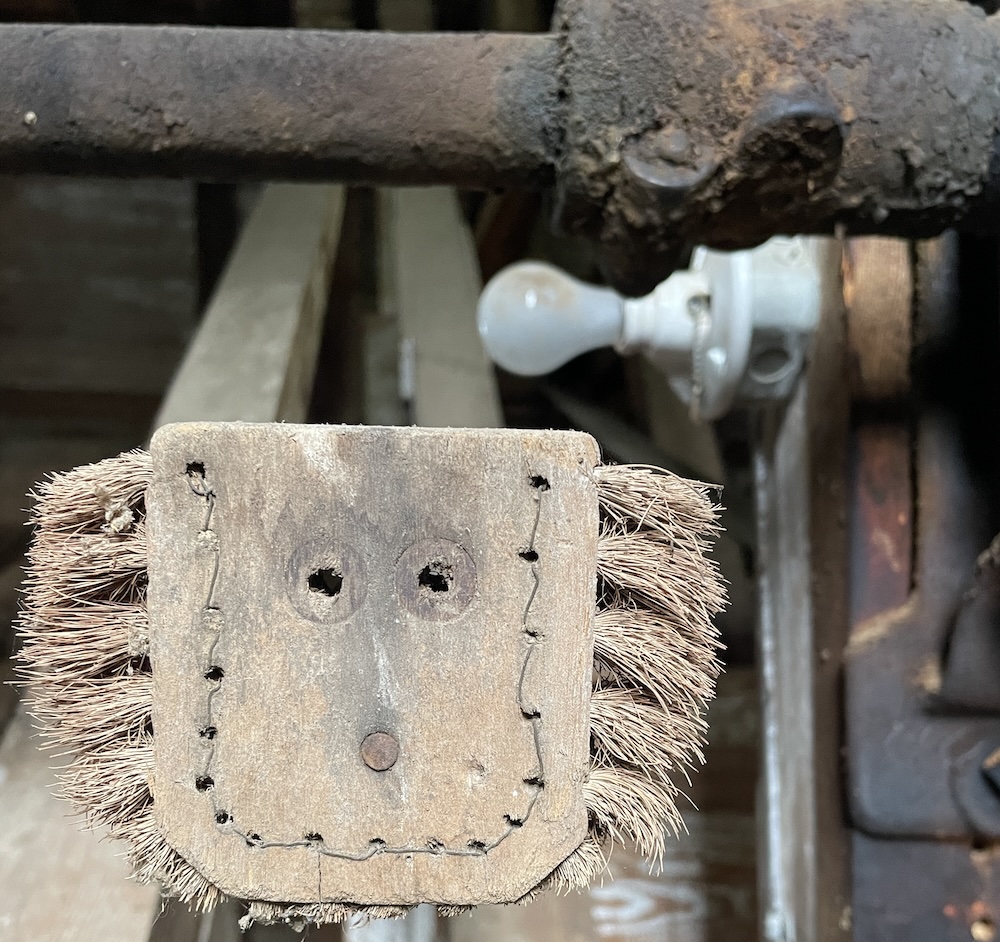
Charlotte showed us an interesting piece of equipment – a horsehair brush attached to a wooden block sized to fit within a grain chute – that a miller would attach to the belt within the chute so the brush block would circulate and clean out things such as hornets ’ nests, spider webs, etc. She also showed us a new wooden auger in storage that they may be willing to sell or trade in the future to another mill.
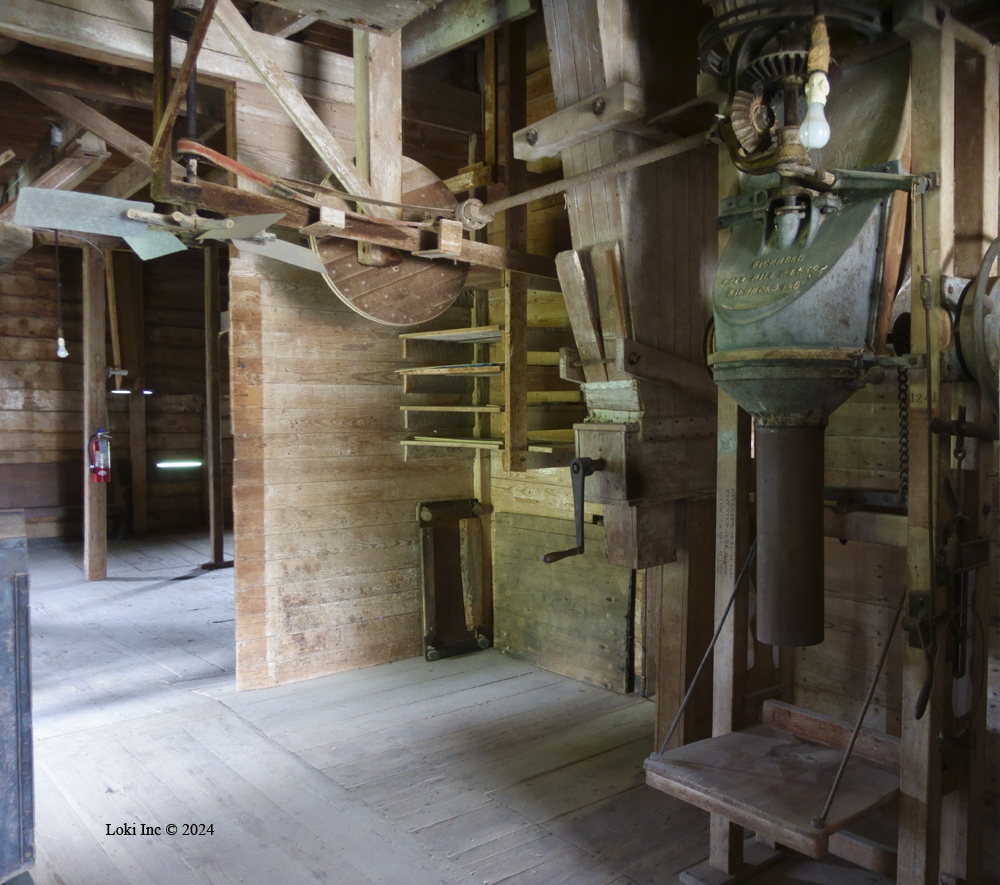
The Summersville Mill is located just east of the Summersville square, on the corner of Elm Avenue and Route 106.To learn more about the Summersville Mill, or to set up a tour, contact Melissa at the Ozark Heritage Center in West Plains.

